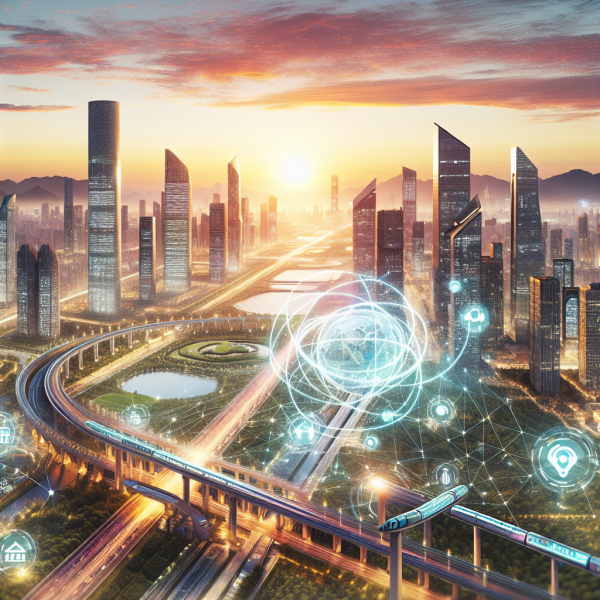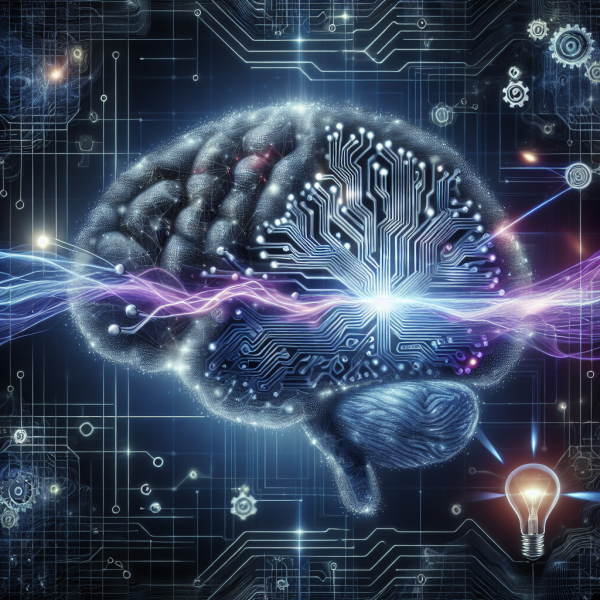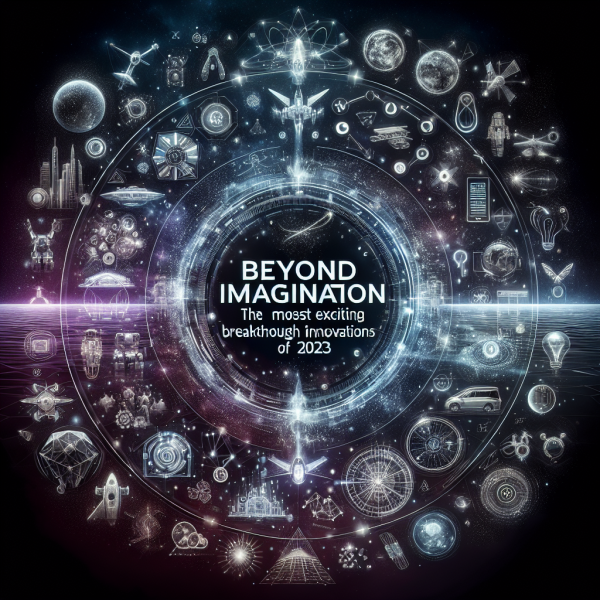5G and Beyond: Exploring the Future of Connectivity and Its Implications

As we stand on the brink of a new era in telecommunications, the advent of 5G technology promises to reshape how we communicate, work, and interact with the world around us. With its unprecedented speed, increased capacity, and lower latency, 5G is set to enhance various sectors, from healthcare and transportation to entertainment and smart cities. However, the journey doesn’t end with 5G; advancements labeled "Beyond 5G" (B5G) are already on the horizon, aiming to further revolutionize connectivity. This article explores the implications of 5G and its successor technologies, focusing on their potential impacts on society, economy, and everyday life.
Understanding 5G Technology
5G, or fifth-generation technology, is the latest iteration of mobile communication technology. It is characterized by:
- High Speed: Theoretically capable of delivering download speeds exceeding 10 Gbps, 5G is up to 100 times faster than its predecessor, 4G LTE.
- Low Latency: With latency reduced to as little as one millisecond, 5G enables real-time communication, which is critical for applications requiring instantaneous feedback.
- Massive Connectivity: 5G is designed to support millions of devices in a specific area, making it an ideal foundation for the Internet of Things (IoT).
- Enhanced Reliability: The technology features improved reliability, ensuring stable connections even in crowded environments.
These advancements pave the way for transformative applications, including autonomous vehicles, remote surgery, augmented and virtual reality experiences, and smart manufacturing.
Implications of 5G Technology
Economic Impact
The economic implications of 5G are profound. According to a report by the GSMA, 5G could contribute up to $13.1 trillion to the global economy by 2035. Industries such as agriculture, healthcare, and entertainment stand to benefit immensely. For instance, farmers can leverage IoT devices and drones to monitor crops and optimize yields, while healthcare providers can utilize high-speed connections for telemedicine and remote diagnostics.
Enhancement of Smart Cities
5G can accelerate the development of smart cities—urban areas that integrate IoT to manage resources efficiently. From smart traffic management systems that reduce congestion to intelligent waste management systems that optimize collection routes, 5G enables interconnected systems that enhance urban living. Such innovations promise to improve not only efficiency but also quality of life for residents through increased safety and improved access to services.
Advances in Healthcare
The healthcare sector stands to be significantly transformed by 5G’s capabilities. High-speed, low-latency communications can facilitate remote surgeries, where surgeons operate on patients from miles away using robotic systems. Moreover, wearable health devices powered by 5G can provide real-time monitoring of patients, leading to better disease management and timely medical interventions.
Beyond 5G: The Next Frontier
As the full capabilities of 5G unfold, researchers, engineers, and technologists are already looking towards Beyond 5G (B5G) technologies. B5G envisions a future characterized by even more extreme connectivity with:
- Terahertz Frequencies: Utilizing frequencies above 100 GHz, which could provide bandwidths exceeding tens of Gbps, B5G aims to address the ever-growing demand for data.
- AI and Machine Learning Integration: Leveraging AI to optimize network performance and predict user behavior, creating an adaptive and intelligent network infrastructure.
- Edge Computing: Reducing latency by processing data closer to the source, leading to quicker response times and enhanced performance across applications.
Social and Ethical Implications
While 5G and B5G developments promise numerous benefits, they also pose social and ethical challenges. The proliferation of connected devices raises concerns regarding data privacy and security. With the rise of smart cities and IoT, safeguarding personal information becomes increasingly vital, necessitating robust frameworks to protect users from cyber threats.
Moreover, the digital divide could widen as access to advanced technologies becomes uneven. Bridging this gap requires collaboration among stakeholders, including governments, telecommunication companies, and community organizations, to ensure equitable access to high-speed internet across socio-economic backgrounds.
Environment and Sustainability
The deployment of 5G and future technologies also has environmental implications. On one hand, smarter energy management systems can reduce consumption and carbon footprints. On the other hand, the infrastructure needed for 5G, including antennas and data centers, raises concerns regarding resource utilization and electronic waste. Forward-thinking strategies will be critical in addressing these environmental concerns.
Conclusion
The evolution of connectivity through 5G and beyond is set to redefine our world profoundly. With the potential to enhance economic productivity, advance healthcare, and foster smart cities, these technologies hold significant promise. However, it is imperative to navigate the accompanying challenges thoughtfully. By prioritizing ethical considerations, addressing the digital divide, and ensuring sustainability, societies can harness the potential of this groundbreaking technology for a brighter, more connected future. As we stride into this new age of connectivity, the opportunities and responsibilities presented by 5G and B5G technologies will shape our collective tomorrow.














